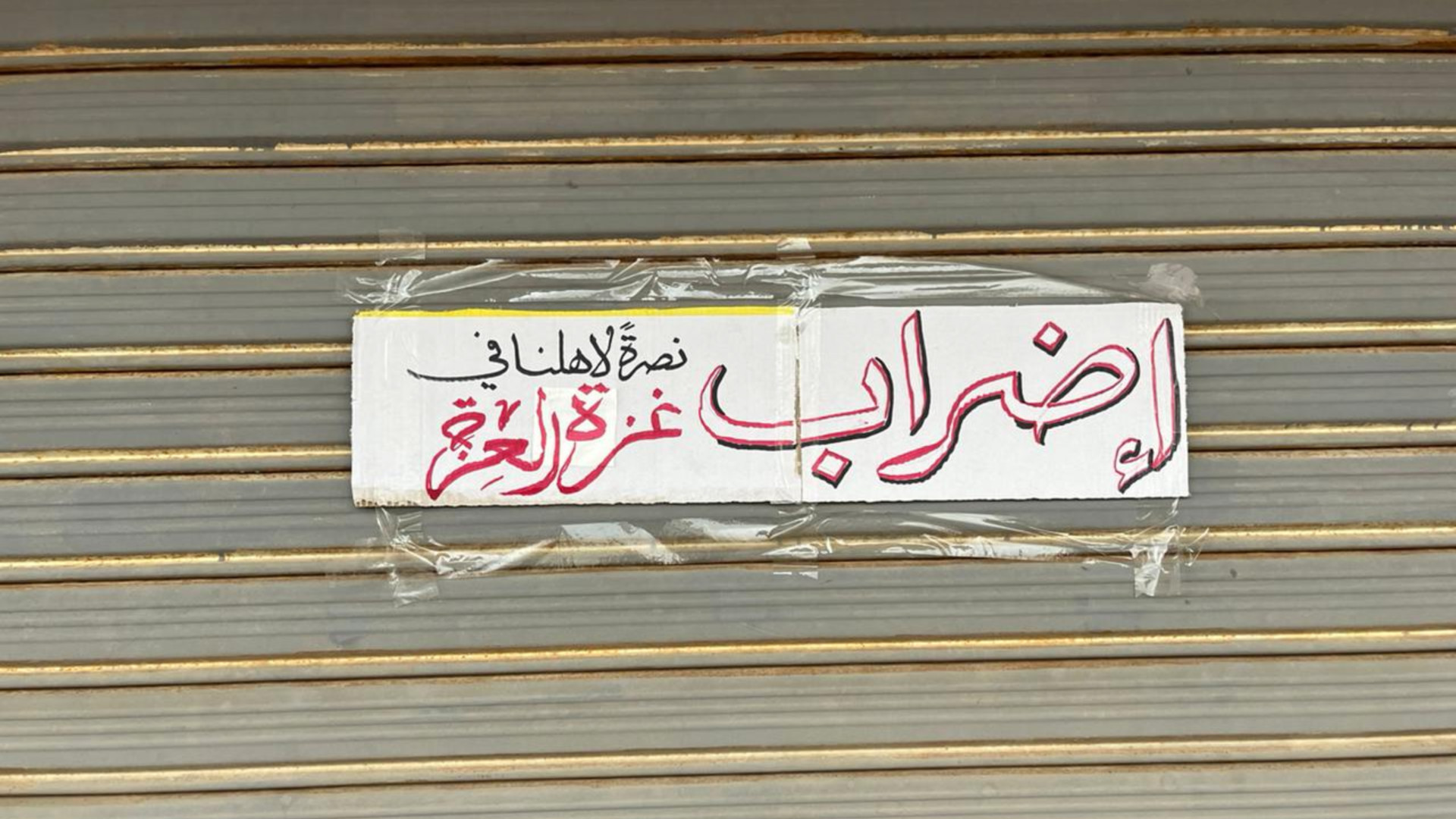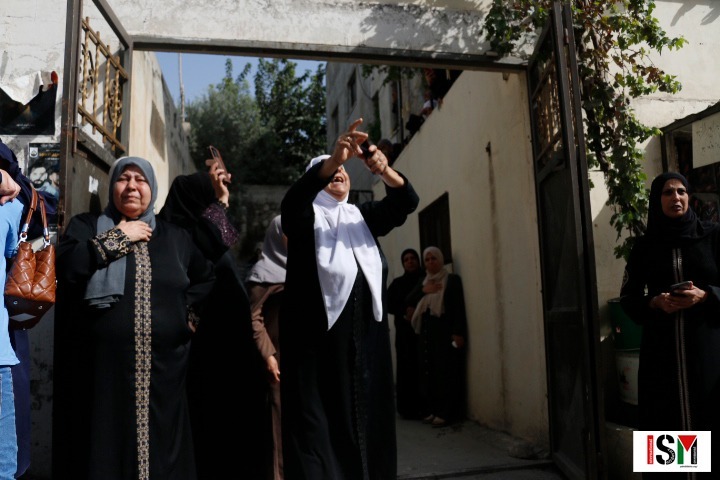Tag: Nablus
-
Impending Famine, Infectious Disease and Starvation. It is Christmas in Palestine.
Gaza / Occupied West Bank 12/24/2023 Hundreds of thousands of Palestinian children in Gaza are at risk of famine and preventable death from disease as the world’s observant retreat into family and faith to mark the birth of another Palestinian child. In a lightless, treeless Bethlehem, haunting displays capture the specter of a…
-
Worldwide Pressure Escalates with Global Strike for Gaza
Striking Palestinians across the occupied West Bank have been joined by millions in countries across the world for the Global Strike for Gaza, which was announced by a coalition of major Palestinian factions. The cadence of the strike declarations accelerated rapidly throughout the day in demand of an immediate ceasefire and an end…
-
Israeli crimes around the clock in the West Bank
22 October 2023 | International Solidarity Movement | Zawata by Diana Khwaelid Zawata town-Nablus. On the evening of Sunday, 22-10-2023, the Israeli Occupation Forces (IOF) stormed the town of Zawata, northwest of the city of Nablus. The residents of the town initially spotted Israeli special forces near the town’s cemetery. The Israeli occupation forces…



